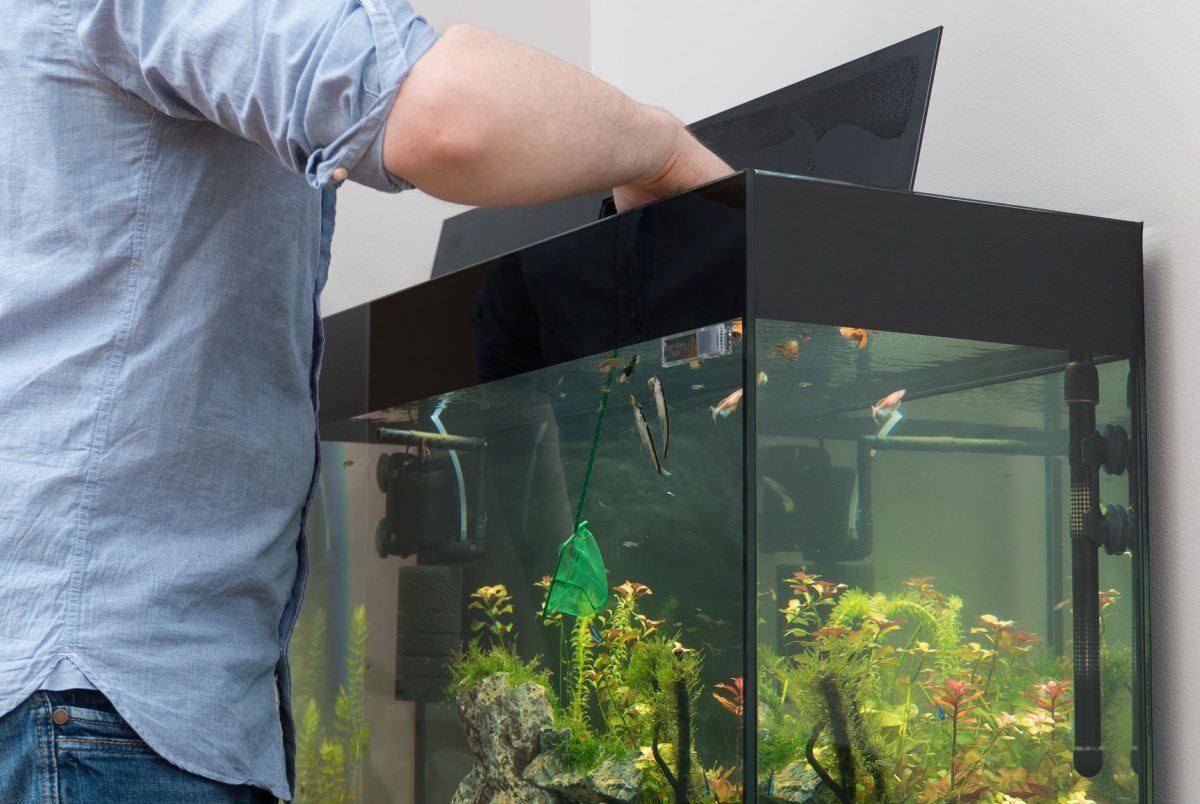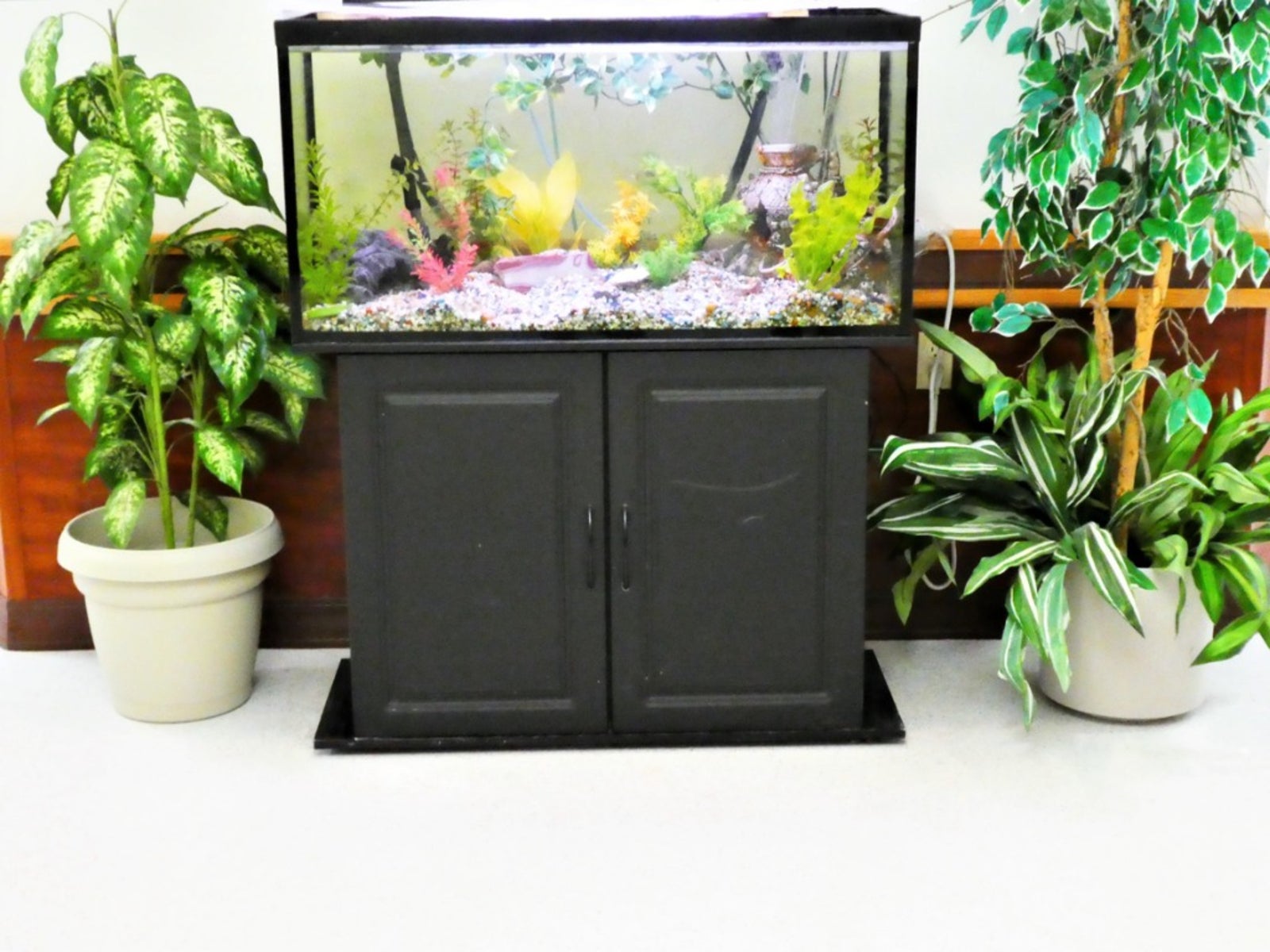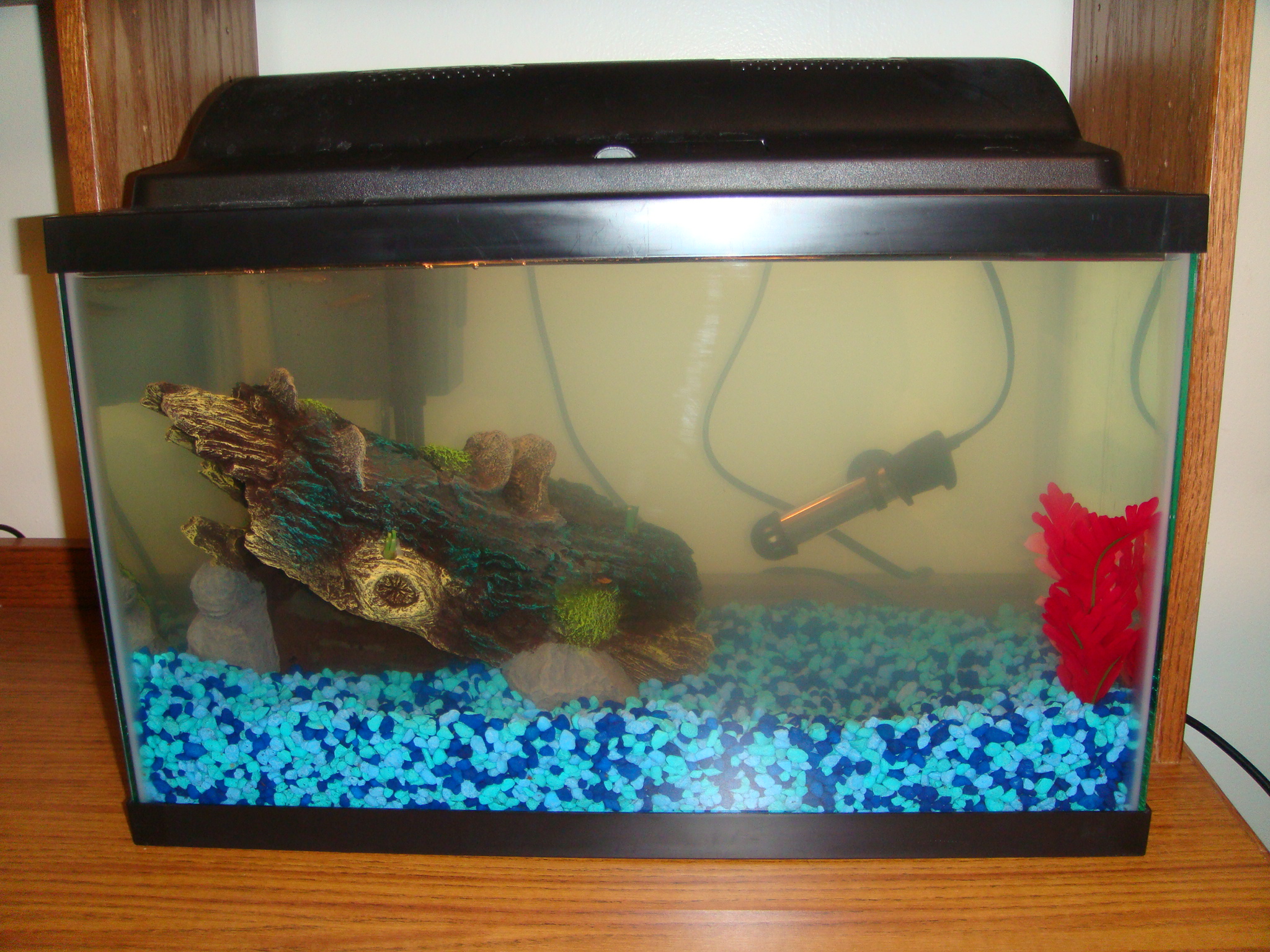Introduction
A dirty fish tank can be a distressing sight for any aquarium enthusiast. The murky water not only detracts from the aesthetic appeal but also poses serious risks to the health and well-being of your fish. Keeping an aquarium clean is essential for creating a healthy environment where fish can thrive. In this article, we will delve into the various aspects of maintaining a clean fish tank, from understanding the causes of dirty water to practical tips on how to achieve and maintain crystal-clear conditions.

Understanding the Causes of Dirty Water
Dirty water in a fish tank is usually the result of organic and inorganic waste buildup. Organic waste includes uneaten fish food, fish waste, and decaying plant matter. Inorganic waste can come from sources like excess fish food that has decomposed, accumulated debris, and minerals dissolved in the water. These substances break down over time, releasing ammonia and other harmful compounds into the water, which can lead to poor water quality and endanger the health of your fish.
The Importance of Water Quality
Water quality is paramount to the health of fish and other aquatic life. Poor water quality can stress fish, weaken their immune systems, and make them susceptible to diseases. Ammonia and nitrite spikes, which often occur in dirty tanks, are particularly dangerous as they can cause ammonia poisoning and nitrite toxicity. Maintaining good water quality not only enhances the beauty of your aquarium but also ensures the longevity and well-being of its inhabitants.

Tools and Equipment for Cleaning
To effectively clean a fish tank, you’ll need a few essential tools and equipment. A gravel vacuum or siphon is indispensable for removing debris from the substrate without disturbing the beneficial bacteria colonies. Algae scrubbers or magnetic algae cleaners are useful for keeping the glass or acrylic walls of the tank clean. A bucket designated solely for aquarium use will help with water changes and cleaning tasks. Additionally, having a dedicated set of cleaning brushes and pads for aquarium use ensures that you avoid cross-contamination with household cleaning tools.
Establishing a Regular Maintenance Routine
Consistency is key when it comes to maintaining a clean fish tank. Establishing a regular maintenance routine will help prevent the buildup of waste and ensure stable water parameters. Depending on the size of your tank and the number of inhabitants, a weekly schedule that includes partial water changes, substrate cleaning, and glass or acrylic cleaning is typically recommended. Monitoring water parameters such as ammonia, nitrite, nitrate, pH, and temperature is also crucial to catch any deviations from normal levels early on.

Partial Water Changes: How and Why
Partial water changes are a fundamental part of aquarium maintenance. They involve removing a portion of the tank’s water and replacing it with fresh, dechlorinated water. This process helps dilute harmful substances like ammonia and nitrite, reduces nitrate levels, replenishes essential minerals, and improves overall water quality. The frequency and volume of water changes depend on factors such as the size of the tank, the number of fish, and the efficiency of your filtration system. Generally, changing 10-20% of the water weekly is a good starting point for most aquariums.
Cleaning the Substrate
The substrate in your fish tank can harbor a significant amount of debris, uneaten food, and fish waste. Regularly cleaning the substrate not only improves the appearance of the tank but also prevents the accumulation of organic matter that can decompose and release harmful compounds into the water. Using a gravel vacuum or siphon, gently vacuum the substrate during water changes to remove debris without disturbing beneficial bacteria. Focus on areas where waste tends to accumulate, such as beneath decorations and along the bottom of the tank.
Maintaining Filter Efficiency
The aquarium filter plays a crucial role in removing physical and chemical waste from the water, thereby maintaining water clarity and quality. To ensure optimal performance, regular maintenance of the filter is essential. This includes cleaning or replacing mechanical filter media (such as filter sponges or pads) to prevent clogging and maintaining biological filter media (such as ceramic rings or bio-balls) to preserve beneficial bacteria colonies. Avoid cleaning all filter media simultaneously to prevent a complete loss of beneficial bacteria.

Controlling Algae Growth
Algae growth is a common issue in aquariums and can contribute to the cloudiness of the water. While some algae are beneficial and even desirable in small amounts, excessive algae growth indicates an imbalance in the tank’s ecosystem. To control algae growth, it’s essential to address the underlying causes, such as excessive light exposure, overfeeding, or nutrient imbalance. Regularly clean algae from the tank walls and decorations using an algae scrubber or scraper. Consider reducing the lighting duration or intensity and adjusting feeding practices to discourage algae growth.
Monitoring and Adjusting Water Parameters
Regular monitoring of water parameters is crucial for maintaining a healthy aquatic environment. Use reliable test kits to check levels of ammonia, nitrite, nitrate, pH, and temperature regularly. Understanding these parameters allows you to detect any deviations from optimal conditions early on and take corrective actions promptly. Keep a record of your water test results to track trends over time and make informed decisions about adjustments to your maintenance routine or stocking levels.
Preventing Common Pitfalls
Even with diligent maintenance, aquarium enthusiasts may encounter common pitfalls that can lead to dirty water or other issues. Overfeeding is a frequent culprit, as uneaten food contributes to organic waste buildup. Avoid overfeeding by feeding fish small portions that they can consume within a few minutes and removing any uneaten food promptly. Another common issue is overcrowding, which can lead to excessive waste production and compromised water quality. Research the specific requirements of each species and avoid exceeding the recommended stocking levels for your tank size.

Conclusion
Maintaining a clean fish tank is essential for the health and well-being of your aquatic pets. By understanding the causes of dirty water, implementing a regular maintenance routine, using the right tools and equipment, and monitoring water parameters, you can create a thriving aquatic environment. Remember that consistency and attention to detail are key to achieving and maintaining crystal-clear water in your aquarium. With proper care, your fish tank will not only be a source of beauty but also a safe and healthy habitat for its inhabitants to flourish.









